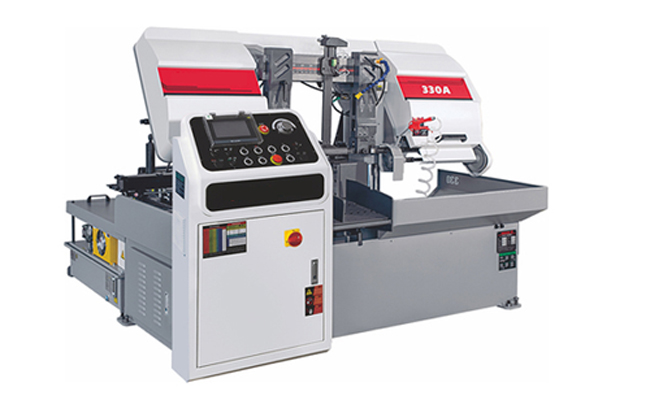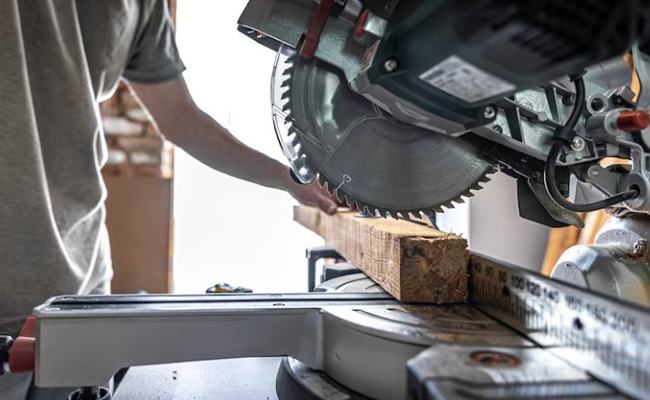SQ-40-1 Cut Off Saw
Cutting Capacity :
Metal sawing machines and wood sawing machines have significant differences in design, function and usage scenarios, mainly due to the differences in the physical properties of metal and wood (such as hardness, density, thermal conductivity, etc.). The following are the key differences between the two:
1. Cutting materials and blade design

Metal sawing machines
Blade material: Use high-speed steel (HSS), carbide or tungsten carbide blades to withstand the high hardness of metal.
Tooth design: The teeth are fine and small, usually with special coatings to reduce friction and heat dissipation.
Cutting method: low speed and high torque to avoid overheating of the blade due to high-speed friction (metal has strong thermal conductivity and is easy to accumulate heat).

Wood sawing machines
Blade material: mostly carbon steel or high carbon steel, with low hardness requirements.
Tooth design: large teeth and wide spacing, convenient for rapid chip removal (large wood chips).
Cutting method: high speed and low torque, using sharp teeth to quickly cut wood fibers.
2. Power and speed
Metal sawing machine:
Low speed (usually less than 1000 RPM), but high power, emphasizing stable feed force and cooling (to avoid blade burning).
Some models are equipped with a coolant system (such as oil or emulsion) for cooling.
Wood sawing machine:
High speed (up to 3000 RPM), relying on high-speed cutting to achieve smooth cross-section.
Usually no cooling system is required, relying on natural heat dissipation or airflow to remove chips.
3. Equipment structure and rigidity
Metal sawing machine:
Heavy body, cast iron or steel structure to reduce vibration (metal cutting resistance is large).
Precision feed system, such as hydraulic or servo control, to ensure cutting accuracy.
Wood sawing machine:
Relatively light structure, some portable design (such as circular saw, band saw).
Low rigidity requirements, but need to quickly adjust the cutting angle (such as bevel cutting, curve cutting).
4. Safety and auxiliary functions
Metal sawing machine:
Equipped with protective cover, emergency brake device, some models have integrated automatic feeding system.
Coolant may need fireproof and splashproof design.
Wood sawing machine:
Focus on anti-rebound design (such as dividing knife, anti-rebound ratchet) to prevent wood from getting stuck in the blade.
Dust suction device is common to collect wood chips.
5. Typical types
Metal sawing machine:
Bow sawing machine, circular sawing machine, band sawing machine (such as horizontal metal band saw), cold sawing machine (slow-speed cutting).
Wood sawing machine:
Table saw, circular saw, band saw (special for woodworking), chain saw, jig saw, etc.
6. Other differences
Chip handling: Metal produces fine chips or metal powder, wood produces fluffy wood chips.
Noise level: Metal cutting is noisier (high-frequency friction).
Maintenance requirements: Metal saws require regular lubrication and coolant replacement, while wood saws focus on blade cleaning and sharpness maintenance.
Notes
Do not mix: Wood saws cutting metal will cause the blade to quickly dull, overheat, or even break; metal saws are inefficient for wood and may damage the equipment.
Special models: A few industrial-grade saws can be compatible with both materials by replacing blades and adjusting parameters, but it is not recommended for home/ordinary models.
If you need to know more about a specific type of saw, you can add a description!
Cutting Capacity :
Cutting Capacity :